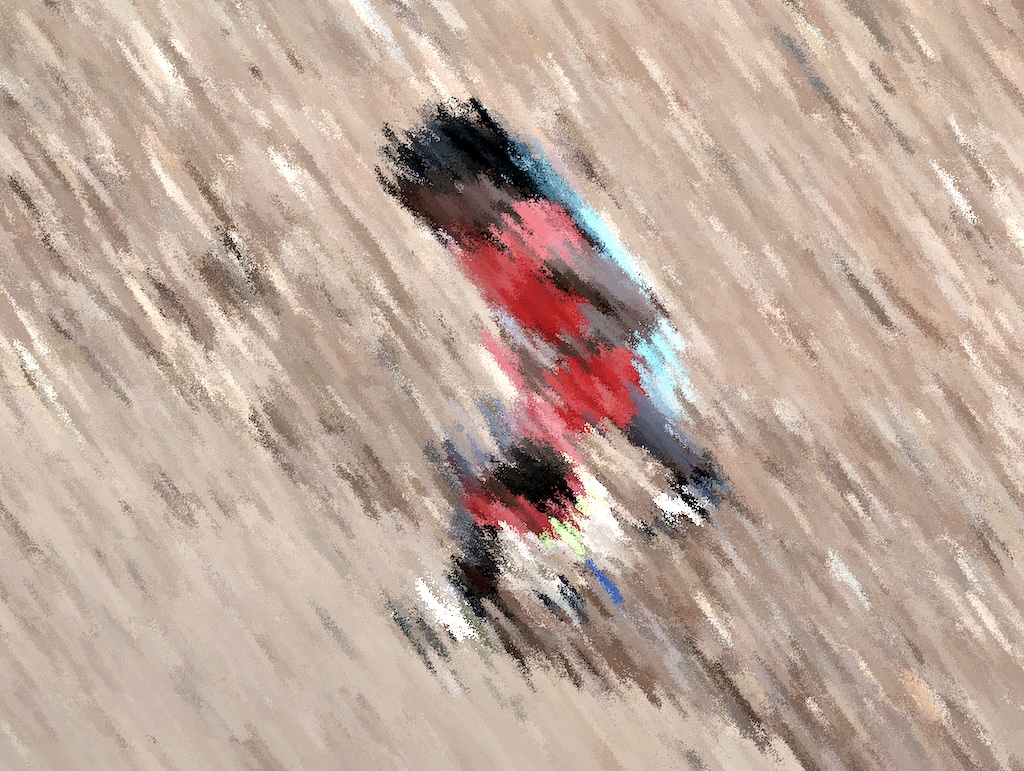As the world marks International Day of the Girl, Kenya’s statistics tell a sobering story. Using recent demographic reports and a high-youth modelling approach, nearly one million girls under 18 are estimated to be growing up in Nairobi’s informal settlements. Across Kenya, approximately 11 million girls aged 0–17 live nationwide.
Kenya’s Hidden Youth: The Numbers Behind the Story
According to the UNICEF & KNBS Situation of Adolescents in Kenya 2024, nearly 46% of Kenya’s roughly 52 million people are under 18. With the female share of the population at just over 50%, that equates to roughly 11 million girls aged 0–17 across the country.
Nairobi: A City of Contrasts
Kenya’s capital, with a projected 4.83 million residents in 2024, is a city of extremes. Under high-youth assumptions (used by UN-Habitat and city-level studies), about 60% of Nairobi’s residents live in informal settlements such as Kibera, Mathare, Mukuru and Korogocho.
Applying a high-youth model — 60% of Nairobi residents in slums, 60% of slum residents under 18, and ~50.4% of that group female — yields an estimate of approximately: 878,000 girls under 18 living in Nairobi’s slums.

Spotlight on Korogocho
Korogocho — a dense informal settlement east of Nairobi — is commonly estimated to house 150,000–200,000 people within roughly 1.5 km². Using the same 60% youth estimate and the national female share, Korogocho alone likely contains around 45,000 girls aged 0–17.
What these figures mean
- Education: Many girls in informal settlements attend overcrowded or informal schools and face high dropout rates.
- Health: Adolescent pregnancy rates and barriers to reproductive health services are elevated in slum communities.
- Safety: Gender-based violence remains under-reported and pervasive.
“When you invest in a girl in the slum, you invest in the whole nation.” — Community organiser, Korogocho.
The Bigger Picture — Key Estimates (High-Youth Model)
| Location | Girls aged 0–17 (estimate) |
|---|---|
| Kenya (national) | ~11,000,000 |
| Nairobi slums (all informal settlements) | ~878,000 |
| Korogocho (whole settlement) | ~45,000 |
A Call for Action
These are not just numbers: they represent young lives facing constrained opportunities. Community groups, NGOs and some municipal programmes are working to expand schooling, sanitation and health services in places like Korogocho, but investment must increase. Targeted urban planning, data-driven programming and dedicated funding for girl-centred education and protection are essential.
Sources & Further Reading
- UNICEF Kenya & KNBS (2024) — Situation of Adolescents in Kenya 2024
- Kenya National Bureau of Statistics (KNBS) — 2024 population projections and county data
- UN-Habitat — State of African Cities (2022) and related publications
- World Bank (2023) — Kenya Urbanization Review
- APHRC — Nairobi Urban Health & Demographic Surveillance System (NUHDSS)
- Korogocho.com — Korogocho slum profile (population estimate)
- University of Nairobi — Poverty profile / slum dwellers research
- UN Women — International Day of the Girl 2025 resources
- World Bank Data — Kenya indicators
- UN World Population Prospects 2024 — Kenya profile
Prepared by: korogocho.com | Date: 11 October 2025.








